Imagine a world where we could program living cells the way we program computers. A world with bacteria that produce clean fuel from sunlight, yeasts that brew life-saving medicines instead of beer, and plants that tell us when they need water. This isn’t the plot of a far-fetched sci-fi movie. It’s the very real, very exciting frontier of a field called Synthetic Biology. So, what is synthetic biology, exactly? At its heart, it’s about applying the principles of engineering—design, building, testing—to the messy, complex, and beautiful world of biology. It’s about engineering life itself.
For decades, we’ve been able to read DNA (sequencing) and make small edits to it (genetic engineering). But synthetic biology represents a monumental leap forward. It’s not just about tweaking a gene here or there. It’s about designing and building entirely new biological functions, circuits, and systems that don’t exist in nature. Think of it as the difference between changing the font on a document and writing a whole new software application from scratch. One is a modification; the other is a creation. This shift in thinking is unlocking possibilities we could only dream of a generation ago.
Key Takeaways
- Engineering, Not Just Editing: Synthetic biology applies engineering principles (design, build, test, learn) to biology, aiming to create novel biological systems rather than just modifying existing ones.
- Standardized Parts: The field relies on creating standardized biological ‘parts’ (like BioBricks) from DNA that can be reliably assembled into more complex systems, much like electronic components.
- Core Tools: Key technologies include DNA synthesis (writing DNA from scratch) and gene editing tools like CRISPR for precise modifications.
- Vast Applications: It has the potential to revolutionize medicine (living drugs), energy (biofuels), materials (spider silk), and environmental cleanup (plastic-eating microbes).
- Ethical Considerations: The power to engineer life brings significant ethical, safety, and security questions that require careful public and scientific discussion.
More Than Just Genetic Engineering: A New Mindset
You’ve probably heard of genetic engineering or GMOs. It’s a common point of confusion, so let’s clear it up. While the two fields are related and use similar tools, their philosophy is fundamentally different. Genetic engineering has traditionally focused on transferring a single gene, or a handful of genes, from one organism to another to confer a new trait. Think of putting a gene for pest resistance from a bacterium into a corn plant.
Synthetic biology, on the other hand, is about a more holistic, engineering-based approach. It aims to be more predictable, scalable, and complex. A synthetic biologist doesn’t just want to insert a gene; they want to design a whole genetic ‘circuit’. This circuit could act like a logic gate in a computer, taking in specific inputs (like the presence of a toxin in the environment) and producing a specific output (like glowing green to signal danger). It’s about building from the ground up.
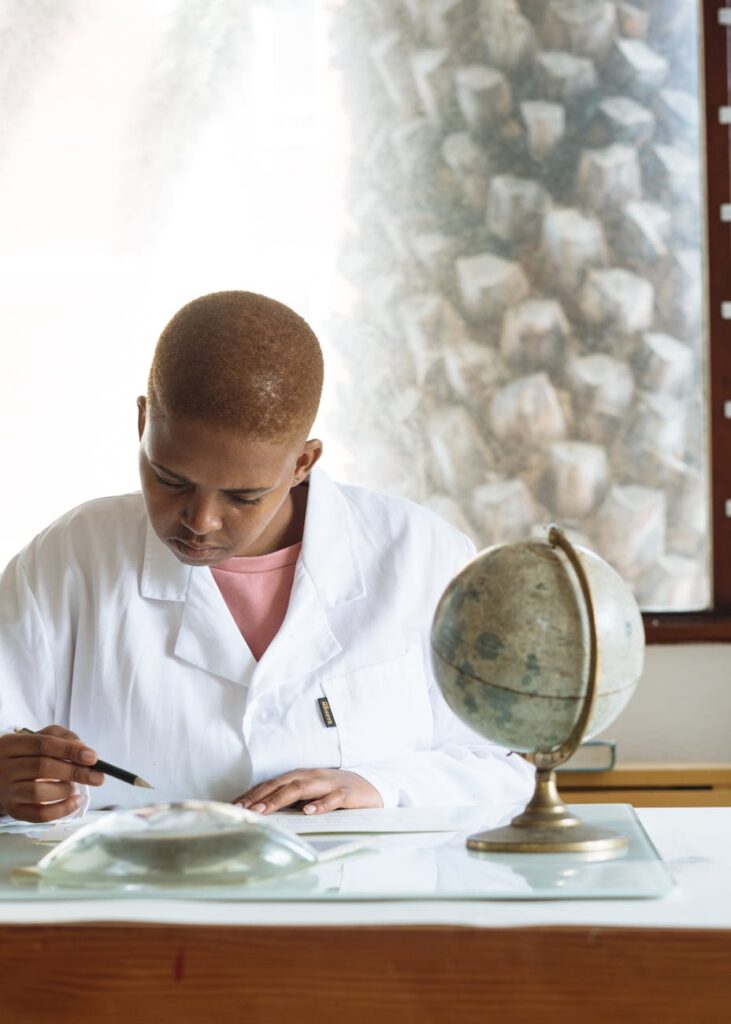
An Analogy: Cars and LEGOs
Here’s a way to think about it. Genetic engineering is like being a car mechanic. You can take a standard Ford engine and tune it for better performance, or maybe swap it out for a different existing engine. You’re working with complex, pre-made parts and making modifications.
A synthetic biologist is more like a car designer and engineer starting with a blank sheet of paper. They’re thinking about the fundamental components—pistons, axles, circuits—and how they can be designed, standardized, and assembled in new ways to create a vehicle that does something entirely new. Maybe it’s a car that runs on algae, or one that can repair its own scratches. They are designing the system from first principles.
This approach relies on the idea of abstraction and standardization, concepts borrowed directly from computer science and engineering. By creating a library of well-characterized, standardized biological parts (often called ‘BioBricks’), scientists can stop reinventing the wheel for every project and start combining parts in predictable ways to build increasingly complex systems. It’s the biological equivalent of moving from custom-crafting every screw and wire to using standardized electronic components off the shelf.
The Engineer’s Toolkit: How is Synthetic Biology Done?
So how do scientists actually go about building these new biological systems? It’s not as simple as snapping LEGO bricks together, of course. The process is complex, but it generally follows a cycle familiar to any engineer: The Design-Build-Test-Learn cycle. And it’s all powered by a toolbox of incredible technologies that have matured rapidly over the past two decades.
Reading and Writing DNA
The foundation of synthetic biology is our ability to read and write the code of life. For decades, ‘reading’ DNA through sequencing was a monumental and expensive task. The Human Genome Project, completed in 2003, took over a decade and cost billions of dollars. Today, we can sequence an entire human genome in about a day for under a thousand dollars. This explosion in our ability to read DNA gives us an unprecedented catalog of nature’s existing parts.
Even more revolutionary is our ability to ‘write’ DNA. Thanks to DNA synthesis technology, scientists can now design a DNA sequence on a computer and have a machine build that exact physical strand of DNA from chemical building blocks. It’s like a 3D printer for genes. This is the game-changer. It means we are no longer limited to the genes we can find in nature; we can design and build them from scratch to perform entirely new functions.
The Design-Build-Test-Learn Cycle
Engineering life is rarely successful on the first try. Biology is finicky and far more complex than a silicon chip. That’s why synthetic biologists embrace an iterative cycle.
- Design: Using computer software (CAD for biology), a scientist designs a genetic circuit intended to perform a specific function. They select the biological parts—promoters, genes, terminators—from a database or design new ones.
- Build: The designed DNA sequence is synthesized and assembled. This new genetic ‘program’ is then inserted into a host organism, usually a simple microbe like E. coli or yeast.
- Test: The engineered organism is grown in a lab, and scientists run experiments to see if the new circuit works as intended. Does the bacteria produce the target chemical? Does it glow in response to the right signal? Usually, the answer is ‘sort of,’ or ‘not at all.’
- Learn: This is the crucial step. Scientists analyze the results—the failures as much as the successes—to understand what went wrong. Did a part not work as expected? Did the new circuit put too much stress on the cell? This knowledge is then used to inform the next design, and the cycle begins again.
This iterative process allows for the gradual refinement of complex biological systems, turning biology into a more predictable and robust engineering discipline.
Precision Editing with CRISPR
While DNA synthesis allows us to build new things from scratch, sometimes you still need to make precise changes to an organism’s existing genome. This is where tools like CRISPR-Cas9 come in. Often described as ‘genetic scissors,’ CRISPR allows scientists to find a very specific DNA sequence within a cell’s vast genome and make a precise cut. This can be used to delete a faulty gene, insert a new one, or modify an existing one. While it’s a hallmark of modern genetic engineering, it’s also an indispensable tool for synthetic biologists to debug their circuits or integrate them seamlessly into a host organism’s DNA.
The World-Changing Applications of Synthetic Biology
This is where theory meets reality. The ability to engineer biology is not just an academic exercise; it’s creating solutions to some of the world’s most pressing problems. The applications are incredibly broad, spanning almost every sector of our economy and society.

Medicine and Health
This is perhaps the most exciting area. Synthetic biology is poised to transform how we diagnose and treat diseases. We’re seeing the development of ‘living therapeutics,’ where bacteria are engineered to live in the gut and produce medicine on-demand, or to seek out and destroy cancer cells specifically, leaving healthy cells unharmed. The rapid development of mRNA vaccines for COVID-19 was a massive triumph for synthetic biology; these vaccines are essentially a piece of synthetic genetic code that instructs our cells to produce a viral protein, training our immune system. In the future, we might see personalized medicines brewed by engineered microbes, tailored to our individual genetic makeup.
Energy and Environment
Our reliance on fossil fuels is unsustainable. Synthetic biology offers a path toward a greener future. Scientists are engineering algae and other microbes to be hyper-efficient factories for producing biofuels that are carbon-neutral. Others are working on engineering bacteria that can clean up environmental disasters, such as microbes that can literally eat plastic waste or sequester heavy metals from contaminated water. Imagine fields of cyanobacteria that use photosynthesis to produce not just oxygen, but also hydrogen fuel or the precursors for biodegradable plastics.
Food and Agriculture
With a growing global population, we need to produce more food more sustainably. Synthetic biology can help. Researchers are designing crops that can pull their own nitrogen from the air, reducing the need for polluting fertilizers. Companies are using engineered yeast to produce proteins found in milk and eggs without a single animal, paving the way for sustainable and ethical food sources. This technology is also behind some forms of ‘cellular agriculture,’ which aims to grow meat in a lab, dramatically reducing the environmental footprint of livestock farming.
Advanced Materials
Nature has created some amazing materials, but they can be hard to harvest at scale. Take spider silk, for example—it’s stronger than steel by weight, but farming spiders is a non-starter. Using synthetic biology, scientists have transferred the genes for spider silk production into yeast and bacteria. They can now brew vats of this incredible material for use in everything from medical sutures to lightweight armor. Similar techniques are being used to create self-healing concrete (using bacteria that produce limestone to fill cracks) and sustainable dyes for the fashion industry.
“What I cannot create, I do not understand.”
This quote, often found on the walls of synthetic biology labs, perfectly captures the spirit of the field. By trying to build biological systems, we gain a much deeper understanding of how they work in the first place. It is both a powerful engineering discipline and a profound scientific tool.
Navigating the Ethical Maze: The Big Questions
The power to redesign life is, to put it mildly, a big deal. It comes with an immense responsibility to proceed with caution, foresight, and a whole lot of public conversation. The ethical, social, and safety implications of synthetic biology are as significant as its potential benefits. It’s a conversation we all need to be a part of.
One of the primary concerns is biosafety. What happens if an engineered organism accidentally escapes the lab? While the microbes used in labs are typically engineered to be weak and unable to survive in the wild, the risk of unintended consequences is real. This has led to the development of ‘kill switches’ and other biocontainment strategies to ensure lab-built organisms can’t thrive where they aren’t supposed to.
A related concern is biosecurity—the risk that this powerful technology could be used maliciously to create novel pathogens or biological weapons. The community is acutely aware of this, and there are ongoing efforts among governments, security agencies, and the scientists themselves to create safeguards, such as screening DNA synthesis orders for potentially dangerous sequences.
Beyond safety and security lie deeper philosophical questions. What does it mean to create synthetic life? Is there a line we shouldn’t cross? These are not easy questions, and they don’t have simple answers. They involve our deepest values and our very definition of what is ‘natural.’ The progress of synthetic biology depends not just on technical innovation but on our ability to have an open, honest, and inclusive dialogue about its direction and its limits.
Conclusion: Engineering a Better Future?
Synthetic biology is more than just a new branch of science. It’s a fundamental shift in our relationship with the natural world. For all of human history, we have been subject to the rules of evolution. We used the living things we found around us. Now, we are starting to become authors of biology, designing it to meet our needs. The potential is staggering—a future with sustainable energy, personalized medicine, and a cleaner environment. It feels like we are standing at the very beginning of a new industrial revolution, one built not on silicon and steel, but on DNA and cells.
But with this incredible power comes the profound responsibility to be wise stewards. The path forward requires not just brilliant scientists and engineers, but also thoughtful ethicists, engaged policymakers, and an informed public. Synthetic biology is a tool, and like any tool, its impact will be determined by how we choose to use it. By embracing both its promise and its peril, we can work toward engineering a future that is not only technologically advanced but also safe, equitable, and truly sustainable.

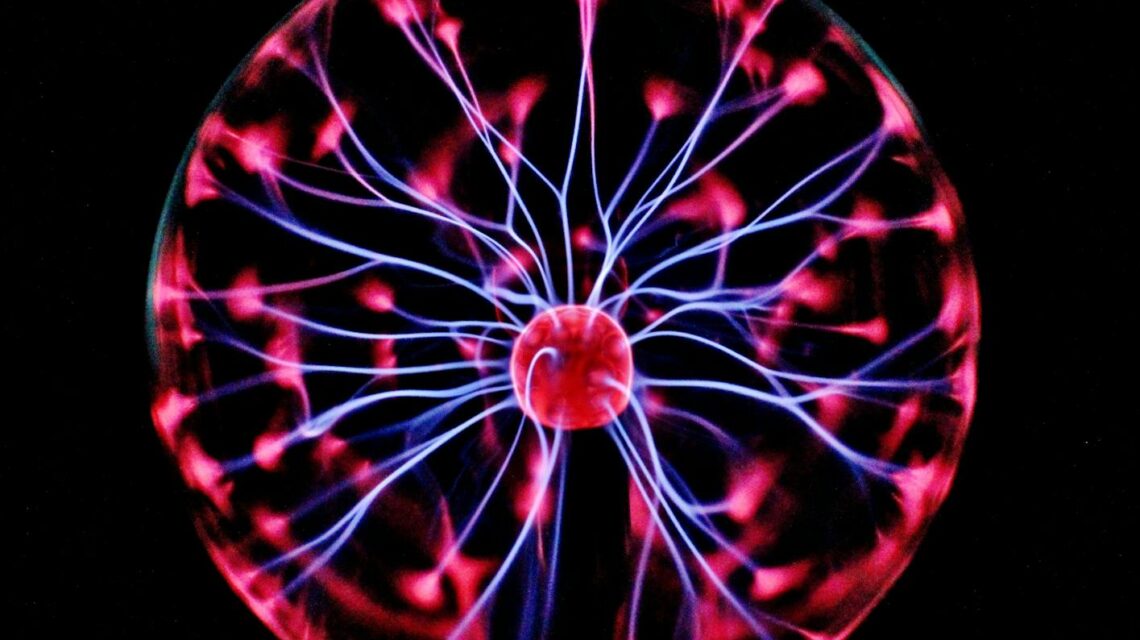

 Tech Solutions for the Global Water Crisis
Tech Solutions for the Global Water Crisis  Blockchain & IoT: The Future of Supply Chain Management
Blockchain & IoT: The Future of Supply Chain Management  Nanotechnology Explained: A Guide to the Science of Small
Nanotechnology Explained: A Guide to the Science of Small  The Rise of Virtual Reality Therapy and Training
The Rise of Virtual Reality Therapy and Training  Water Desalination Technology: Turning Oceans into Faucets
Water Desalination Technology: Turning Oceans into Faucets 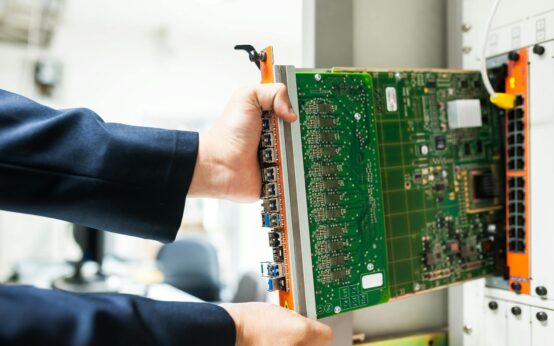 What Is Edge Computing? A Simple Guide to Why It Matters
What Is Edge Computing? A Simple Guide to Why It Matters  How to Set Up a Node: The Ultimate Guide
How to Set Up a Node: The Ultimate Guide  Crypto Arbitrage Trading: A Beginner’s Guide (2024)
Crypto Arbitrage Trading: A Beginner’s Guide (2024) 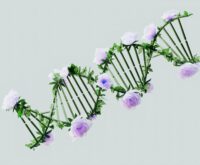 The Business of NFTs: How Top Brands Are Using Them
The Business of NFTs: How Top Brands Are Using Them  What Are ZK-Proofs? A Guide to Blockchain Privacy
What Are ZK-Proofs? A Guide to Blockchain Privacy  DeFi’s Hurdles: Security, Scalability & Regulation
DeFi’s Hurdles: Security, Scalability & Regulation 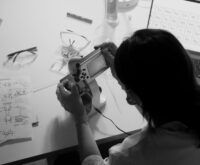 How to Read a Crypto Whitepaper: A Beginner’s Guide
How to Read a Crypto Whitepaper: A Beginner’s Guide